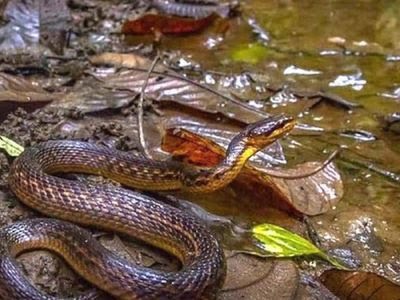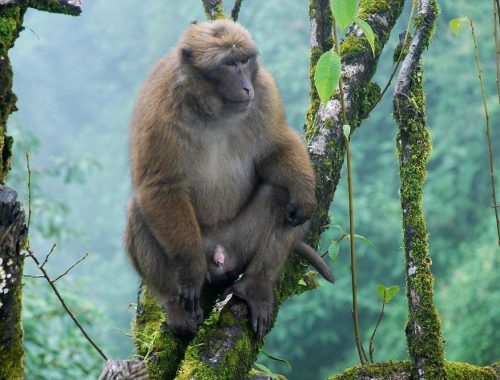New Delhi: The Assam keelback or Herpetoreas pealii, a snake species endemic to Assam, was found 129 years after it was last spotted by British tea planter Samuel Edward Peal in 1891.
Peal had collected two male specimens of the non-venomous brown snake in the state’s Sivasagar district and deposited them in a museum. British zoologist William Lutley Sclater, the same year, had described the snake as a new species, naming it after Peal and the place where it was found. While one of the two specimens collected was kept at the Zoological Survey of India (ZSI) in Kolkata, the other was sent to the Natural History Museum in London. No sighting of the snake had been reported since and it was considered a lost species.
In September 2018, a team of scientists from the Wildlife Institute of India (WWI) found it along the Assam-Arunachal Pradesh border, while retracing the steps of the Abor Expedition — a military expedition by the British against the Abors in 1911. But Abhijit Das, who was part of the WII team, said that the specimen at ZSI Kolkata was “destroyed” by the time they rediscovered the snake and the team had to collaborate with the Natural History Museum to identify it.
Their peer-reviewed findings were finally published in the June 2020 issue of Vertebrate Zoology, a journal published by the Museum of Dresden in Germany.




